Unlike Jean Dominique, very few investigations have looked into the life of Louissaint killed on the same day as the journalist
Jean-Claude Louissaint, guard of Radio Haiti Inter (RHI), was shot dead alongside the famous Haitian journalist Jean Dominique on April 3, 2000.
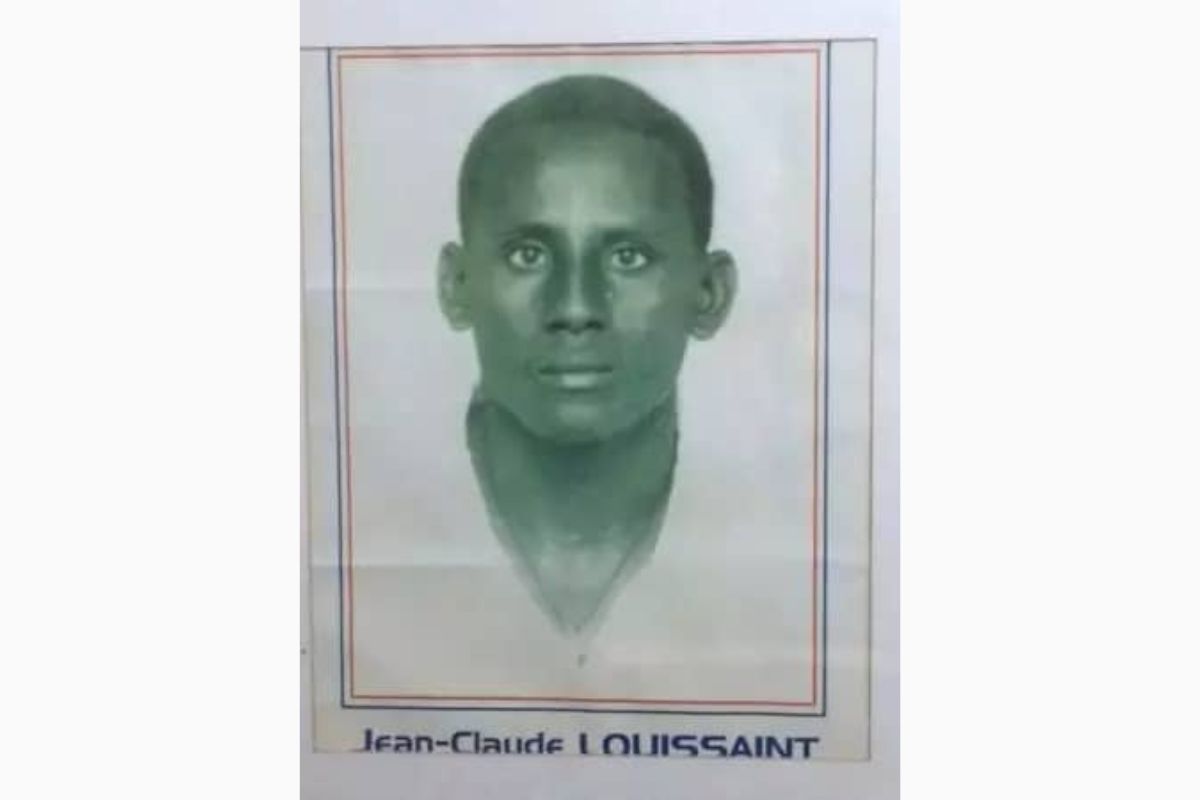
Identity photo of Jean-Claude Louissaint at the RHI. Source: RHI Archives
The RHI journalist’s career and his fight for democracy are well documented. But little information exists about Louissaint.
Two former RHI journalists contacted by AyiboPost return to the little-known story of this young man murdered in Port-au-Prince, only six months after leaving the city of Les Cayes.

Facade of the Radio Haïti Inter building in Delmas 66. Source: RHI Archives

Three journalists in the Radio Haiti Inter studio in 1995. Source: RHI Archives
“Shy and reserved” Louissaint was in his twenties when he started working as a gate guard at Haïti Inter. The radio building, located at Delmas 66, was destroyed during the earthquake of January 12, 2010.
“He was a discreet person who simply did his job,” recalls journalist Michèle Montas, widow of Dominique during an interview with AyiboPost. Montas states that he did not have the opportunity, at the time, to have long conversations with Louissaint.
According to the professional and former spokesperson at the United Nations, Louissaint was from Guillerme, more precisely from the town of Guillaume in the south of the country. His aunt, Milana Felix, returned with him to Port-au-Prince in 1988 to look for work. His mother and his young and only brother had remained in his native village.
His journey in Port-au-Prince did not begin with Radio Haiti Inter.
Read more: Jean Dominique: intimate memory of his little sister, Micheline Dominique
Louissaint first worked as a laborer on a construction site before being hired by the RHI in October 1999. When he was assassinated, he had only been at the station for six months.
The young Louissaint continued his classical studies in the 7th fundamental year at the Collège Daniel Jeudi in Delmas 31.
He lived in the Military City. “We didn’t know any friends,” adds Pierre Emmanuel, presenter of the six o’clock news, having worked at the radio from 1986 until its closure in February 2003.
“We all had very pleasant working relationships, but each retained its share of mystery,” Pierre explains to AyiboPost.
This mystery had a function. “Digging into other people’s lives would have meant having suspicions. We were a war radio: the rest didn’t matter. And we all enjoyed it, without encroaching on anyone’s privacy,” according to Pierre.
The double murder was a shock for both families.
“It was a Monday,” remembers Michèle Montas. “I was getting ready to listen to the headlines from the 6 a.m. Créole newspaper at home, when the broadcast was cut. I called immediately and one of the journalists told me “Michèle you need to come” without telling me that Jean had been killed. »
Jean always left alone in the morning to arrive at the newspaper at six o’clock. Montas usually joined him later to prepare for the seven o’clock edition. On the fatal day, he arrived inside the station at six o’clock and the assassin was already waiting for him, recounts Michèle Montas. “The guard opened the door to the assassin because he said he wanted to speak to Jean Dominique. »
The journalist was shot dead as was the guard Jean Claude Louissaint.
Arriving on the scene, around six fifteen, Montas discovered the lifeless body of her husband still lying on the ground. Jean-Claude Louissaint was near the entrance to the barrier, hit by two bullets,” explains Michèle Montas, adding that “Jean-Claude was a collateral victim of this attack targeting Jean Dominique.”
Observers question Louissaint’s decision to open the radio’s entry barrier to the killer this morning.
For journalist Assad Volcy, who worked at the station at the time, Louissaint, newly arrived in Port-au-Prince, was perhaps not fully aware of the risks linked to the context.
But according to Montas, Dominique was very open. “He did not have it in his head” that someone could assassinate him in this way.
A national funeral was organized in tribute to the two men at the Sylvio Cator stadium in front of more than 15,000 people. According to Michèle Montas, Louissaint’s mother and younger brother were present during the ceremony.

Painting of the murder of Jean Dominique and Jean Claude Louissaint. Source : RHI Archives
“We had good relations with Louissaint’s mother after the latter’s assassination. But after the earthquake of 2010, we lost track of him,” continues Michèle Montas.
The body of Jean Dominique was cremated. “I gave his ashes to a peasant organization in the Artibonite which spread them in Passe Canot, a tributary of the Artibonite river,” confides Montas.

The ashes of Jean Dominique spread in the Artibonite river on April 16, 2000. Source: RHI Archive
For Assad Volcy, the notoriety of Jean Dominique has partly eclipsed the death of Jean Claude Louissaint. “However, it is essential to talk about it, because this double murder illustrates the extent to which impunity and injustice reign in our country.”
In his editorials, Jean Dominique addressed burning issues, such as that of the Pharval laboratory, which produced toxic drugs, and that of electoral observation at the time, recalls Michèle Montas.
“Jean Dominique’s commitment had signed his death warrant,” comments Pierre Emmanuel. He disturbed both the political and economic establishment over the years. And this commitment had only intensified over time, especially in the months leading up to his horrific assassination. »
Between 2000 and 2003, according to Michèle Montas, Radio Haiti Inter had nearly fifty employees, including journalists, a dozen regional correspondents, hosts, broadcasters, technicians and guards.
We had good relations with Louissaint’s mother after the latter’s assassination. But after the 2010 earthquake, we lost track of him
25 years later, Haitian justice is struggling to conclude this case, like many others still kept in drawers.
The families of the victims, for their part, continue to demand justice.
Several judges have taken over in this case.
According to Michèle Montas, the first judicial investigation lasted three years. The first phases were marked above all by bloody events, including the disappearance of the bodies of certain incarcerated suspects.
In March 2003, an order was presented by the third investigating judge who took over the case. The court document charged six individuals, three of whom were released in February 2004 following a legal challenge to the decision. The three other alleged culprits escaped from the National Penitentiary in February 2005.
Read also: How was Jean Dominique killed?
Michèle Montas, director of the news room at the time of the double murder, said she escaped an assassination attempt in her own residence in December 2002. Maxime Séide, one of her bodyguards, was killed in the incident.
Two of the main suspects arrested by the police at the start of the investigation died in circumstances that have never been clarified.
In October 2000, Jean Wilner Lalane died during a suspicious surgical operation while he was under police surveillance. His body subsequently disappeared. The second suspect, Panel Renélus, was lynched to death by attackers while he was being held in detention at the Léogâne police substation.
In January 2014, Judge Ivickel Dabrésil, former judge at the Court of Cassation and responsible for leading the investigation, had submitted a report to the Court of Appeal singling out several people including Annette Auguste known as Sò Anne, Gabriel Harold Sévère, Frantz Camille alias Franco Camille and the former senator of the Lavalas party Mirlande Libérus Pavert, considered the intellectual author of the double murder.
Eleven years later, there has been no legal progress.
The Court of Appeal has still not rendered its judgment concerning the investigation carried out by Judge Ivickel Dabrésil in this case.
The court should appoint a new composition of judges to rule on Judge Dabrésil’s report but this has still not been done.
In the absence of this judgment, it remains uncertain whether the case can continue its course.
Contacted by Ayibopost, Pierre Richard Allonce, chief clerk at the Court of Cassation, indicates that a group of judges will soon be appointed to examine the case. However, he refuses to provide additional details, specifying that he is awaiting instructions from his superiors.
“The absence of justice in the cases of Jean Dominique and Jean-Claude Louissaint tragically illustrates the impunity which fuels insecurity, violence and anarchy in our country,” deplores Michèle Montas
“We have decided not to publicly commemorate this 25th anniversary, although it is so important to us, out of respect for the millions of Haitians who are fighting today for their right to life and to minimal security,” concludes Michèle Montas.
By : Fenel Pélissier & Wethzer Piercin
Cover : Identity photo of Jean-Claude Louissaint at the RHI. Source: RHI Archives
► AyiboPost is dedicated to providing accurate information. If you notice any mistake or error, please inform us at the following address : hey@ayibopost.com
Keep in touch with AyiboPost via:
► Our Channel Telegram : Click here
► Our Channel WhatsApp : Click here
► Our Community WhatsApp : Click here

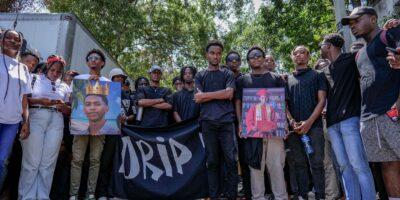
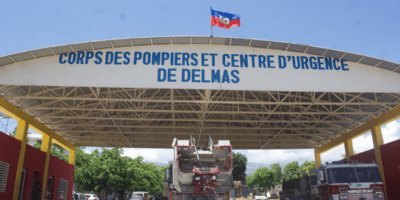


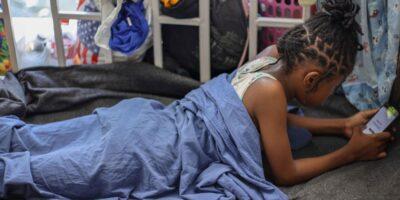
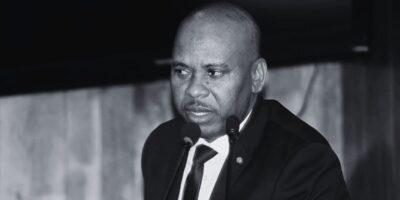
Comments